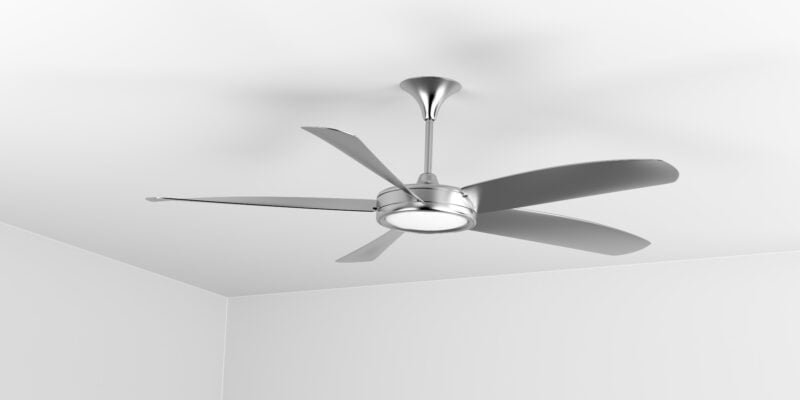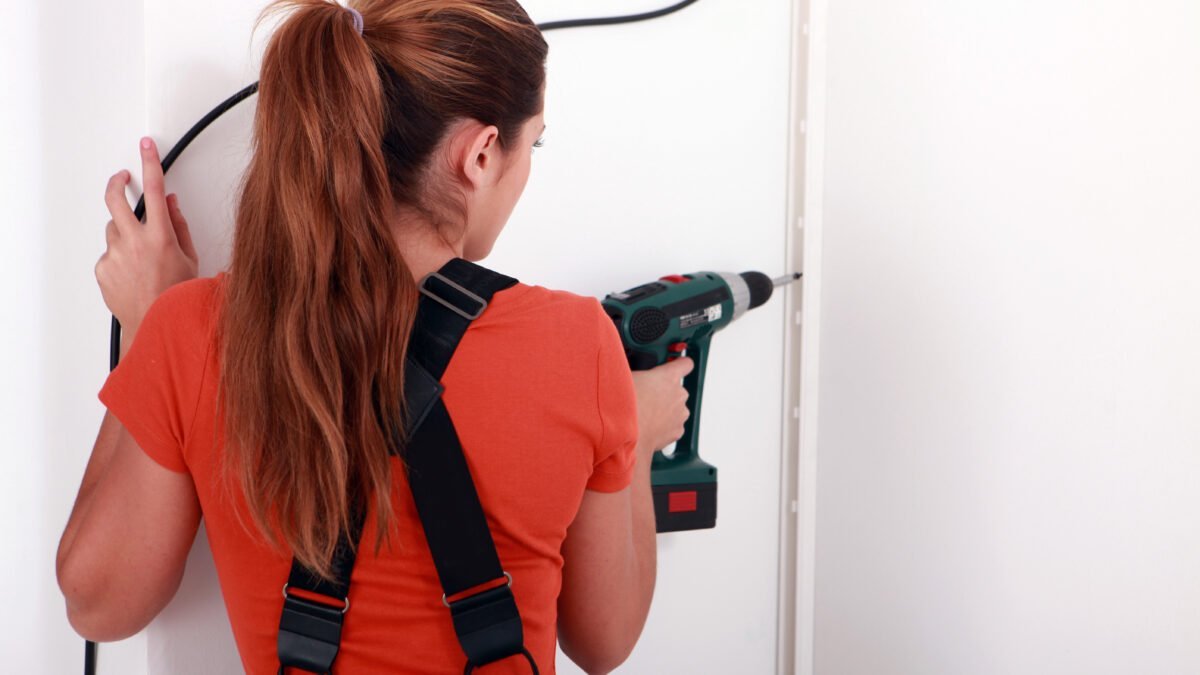
Ceiling fans are big business, with over 75% of homes in the USA owning at least one fan. And when you get the ceiling fan direction right, they’re incredibly efficient at warming or cooling your home.
Using the right ceiling fan direction can help you maintain a comfortable temperature in your home, save energy costs, and provide improved air circulation. It is important to know how to choose the right fan direction for the season, and to make sure you have the right settings to make the most of them. By taking the time to evaluate your fan’s direction, you can make sure your home is optimally utilizing your fan’s energy-saving features.
So let’s take a look at what steps you can take to make sure your fan is spinning in the right direction!
Figure Out Your Climate Type
The first step when choosing the right ceiling fan direction is to figure out your climate type. Depending on where you live and the climate you’re in, the direction your fan should rotate will vary.
For example, in tropical climates, the ceiling fan blades should rotate counterclockwise to create a gentle updraft. In dry, arid climates, the ceiling fan rotation should move clockwise to push warm air down. Knowing your climate type will help you select the right ceiling fan direction.
Identify the Right Fan Speed
Once you’ve decided on the right direction for your ceiling fan blades to spin, it’s time to get the speed just right. You’ll want to find a fan speed that allows you to enjoy a comfortable breeze without knocking things off your shelves.
If you’re not sure what fan speed is best for your space, try to match the speed to the temperature of the room using the remote control. For example, if it’s a hot summer day, you’ll want to choose a higher fan speed to keep things cool. On the other hand, if it’s a chilly winter night and a few degrees cooler, you’ll want to select a lower fan speed to keep things warm and create a downward breeze.
Note that the ceiling level will have an effect on this as a high ceiling will need more power to draw air up or down. Meanwhile a vaulted ceiling will need to remain clockwise year-round. So make sure you’re testing the correct ceiling fan direction by checking air movement in different parts of the room.
Check the Season and Adjust Accordingly
One of the most important things to remember when deciding which ceiling fan direction to use is to check the season and adjust accordingly. Depending on the time of year, you’ll want to adjust the direction of your ceiling fan to help reduce the temperature in the room.
During the summer, you’ll want to set your fan in a counter-clockwise motion to push the warmer air up and out. In the winter, you’ll want to switch the fan to the clockwise direction to help move the hot air that is trapped near the ceiling back down into the room. This will help keep your room warm and comfortable and avoid the wind-chill effect we’re all familiar with!
Don’t Forget to Reverse in the Winter
One important tip to keep in mind when selecting the direction of your ceiling fan is to press the reverse button in the winter. During the winter months, you want the fan to rotate in the opposite direction to summer. This will push warm air down from the ceiling, allowing for better circulation and more even temperatures in the room. Remember to switch it back in the summer!
Enjoy the Breeze!
Choosing the right ceiling fan direction is an important part of keeping your home comfortable and efficient all year round. Many homeowners may not be aware that ceiling fans have an adjustable direction switch which can be used to reverse the fan’s blade rotation. This feature is especially useful during the winter and summer months when you need to adjust the airflow in your home.
A correctly running ceiling fan can help reduce both air conditioning costs and heating costs. It can also create a more comfortable environment and help make the most of your home’s heating and cooling system.
With a little bit of research and some simple steps, you can avoid that expensive air conditioner purchase, and make sure that your fans are running correctly in order to get the most out of your home.
Go ahead and enjoy the breeze!






